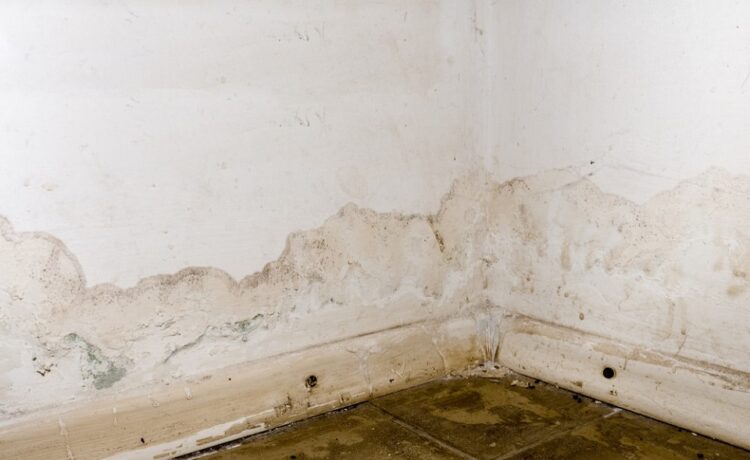Drywall isn’t very resistant to water damage, so you need to know the signs that it needs repair. For instance, soft drywall or flaking paint are both signs of a leak.
Wet drywall may also lead to mold growth, a serious health concern that can cause respiratory problems for your family. To prevent this from happening, you should find the source of the leak and stop it immediately.
Broken Water Lines
Drywall is a construction material made of thin layers of gypsum plaster held together by thick sheets of paper. It is used to create walls and ceilings in homes and businesses. Like other porous materials, water will absorb and permanently damage it.
It must be quickly dried when drywall becomes wet to prevent mold and mildew growth. This can be done by draining the affected area and using a dehumidifier and area fan. It can take three days or more for wet drywall to dry fully.
Signs of drywall water damage include musty odors, mold or mildew stains on baseboards, walls and caulk and sagging or bulging drywall. It is important to conduct visual inspections of the home regularly to detect these problems early on.
Clogged Gutters
Clogged gutters allow water to seep down the walls and framing, where it may cause rot and mildew. The best way to avoid this issue is to regularly check your home’s gutters and ensure they are properly diverted away from the foundation of your house and into the storm drain.
When water damage occurs, it should be addressed immediately to limit the amount of damage. Drying drywall takes three days on average, so keep area fans and a dehumidifier running in the room with water damage.
Signs of drywall water damage include discoloration, a soft wall or ceiling that feels crumbly and musty smells. During a drywall water damage repair, the drywall should be removed and replaced immediately if it is heavily damaged. For heavy-duty damage, use a keyhole saw to remove the affected section of drywall.
Sewage Leaks
Drywall water damage is caused by various issues, from flooding to burst pipes. The first step in fixing the problem is resolving the source of the water and removing any standing moisture.
If left to soak for an extended period, drywall becomes soft and mold-prone. The best way to prevent this is by catching it early and addressing it quickly.
One of the most common signs of drywall water damage is discoloration. This often occurs in areas exposed to moisture regularly, such as bathrooms and kitchens.
A more serious sign is bubbling or peeling paint. If your walls are bubbling or peeling, use a moisture meter to determine the moisture level behind the wall.
Broken Pipes
If a broken pipe isn’t fixed immediately, it can cause significant water damage in your home. This is because drywall absorbs the moisture from leaky pipes, causing it to soften and become weak. When a weakened section of drywall is touched, it’s likely to crumble or buckle.
This is often noticed as a sudden sagging of ceilings, and it may also be noted by homeowners who hear sounds coming from their walls when there are no faucets, bathtubs, or sinks running. The water smells, and foreign odors can also indicate the presence of a leaky pipe.
Drywall water damage is a serious issue that can lead to extensive structural damage and toxic mold growth. It’s best to call professionals to address the problem as quickly as possible to prevent further damage and health issues for you and your family.
Severe Weather
Drywall (gypsum board or wallboard) is susceptible to water damage from flooding, plumbing leaks, and severe weather. Drywall that becomes wet or soaked can swell up, warp, or sag and require a full drywall replacement.
A visual inspection may show a damp spot, but to get a better idea of how extensive the drywall damage is, use a moisture meter or have a professional do it. Water wicks upward, so if the drywall appears dry only a few inches from the water line, it may be soaked further up.
Once the water source has been stopped, the area should be thoroughly dried out to prevent mildew and mold from forming. This can be done by placing fans near the affected area and running a dehumidifier in the room.






